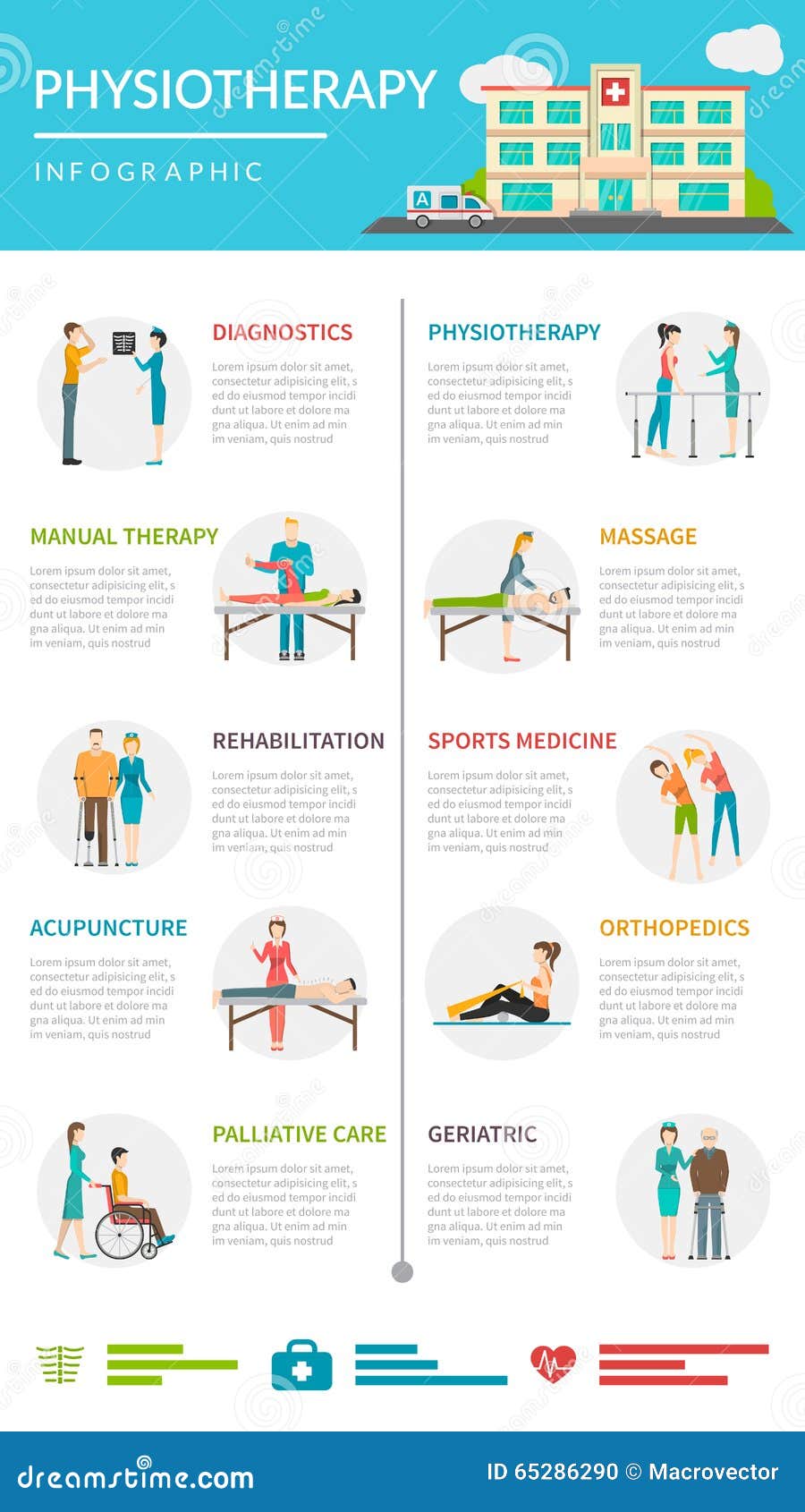Steps To Design An Ergonomic Workspace That Lowers Neck Discomfort: A Comprehensive Overview
Steps To Design An Ergonomic Workspace That Lowers Neck Discomfort: A Comprehensive Overview
Blog Article
Material Created By-Donaldson Joseph
To avoid neck pain at your workstation, ensuring your configuration is ergonomically sound is essential. Think of an office where each component is tailored to sustain your body's alignment and lower pressure. By following a couple of basic actions, you can transform your workdesk area into a place of comfort and performance. However exactly how precisely can you achieve this harmonious equilibrium in between job and health? Let's discover best acupuncture in new york city to create an ergonomic office that will keep neck discomfort away.
Assess Your Current Configuration
Wondering if your present work space is contributing to your neck pain? Take a minute to examine your arrangement. Beginning by taking a look at your computer system screen. Is it at eye degree, or do you find yourself frequently seeking out or down? Readjust the display so that your stare is normally according to the top of the display.
Next, consider Highly recommended Resource site . Are you slumping over or hunching over while you work? Your chair should support your lower back and advertise excellent stance. Change the height to ensure that your feet are level on the floor and your knees are at a 90-degree angle.
Focus on the setting of your keyboard and mouse. Are they within simple reach, or are you constantly reaching and straining your arms and shoulders? Keep these devices near to your body to decrease unneeded movements.
Last but not least, think about your lighting. Is it as well brilliant or as well dark? Proper lighting can lower eye strain and relieve stress in your neck. Make these little changes to create a much more ergonomic work space and assistance ease your neck discomfort.
Change Your Chair and Desk
To produce a much more ergonomic work area and lower neck discomfort, making sure appropriate modification of your chair and desk is crucial. Start by adjusting your chair to ensure that your feet rest flat on the floor, knees are at a 90-degree angle, and your lower back is sustained by the chair's back support. Your workdesk needs to go to elbow joint height to maintain correct arm setting and minimize pressure on your neck and shoulders. Ensure there's enough space under the desk for your legs to relocate pleasantly.
When changing your desk height, ensure your wrists remain straight while typing and making use of the mouse. Your screen needs to go to eye degree, concerning an arm's size away, to prevent you from straining your neck by overlooking or up. Maintain your key-board and computer mouse near to prevent overreaching, which can trigger shoulder and neck discomfort.
Remember to take breaks and stretch periodically to avoid stiffness and promote blood circulation. By properly changing your chair and desk, you can develop a work space that sustains great position and lowers the danger of neck discomfort.
Placement Your Screen and Keyboard
For optimum functional designs and to reduce neck stress, proper positioning of your display and key-board is vital in your work space setup. Begin by placing your screen straight before you at arm's size away, making sure the top of the screen goes to or a little below eye degree. This helps reduce pressure on your neck by maintaining it in a neutral setting.
Setting the key-board so that your elbows are bent at a 90-degree angle and your wrists are straight while keying. Your keyboard needs to be placed at a height that allows your shoulders to remain unwinded and your arms to be parallel to the flooring. Additionally, make sure the mouse is put beside your keyboard at the same degree to prevent getting to or twisting.
Bear in mind to take short breaks to extend and adjust your stance throughout the day, maintaining good alignment and preventing neck discomfort. An efficient office with effectively placed screen and key-board can significantly affect your convenience and efficiency.
Verdict
To conclude, by complying with these straightforward actions to create an ergonomic work area, you can substantially decrease neck discomfort and pain. Keep in mind to assess your current arrangement, change your chair and workdesk, and position your display and keyboard properly. By taking these proactive steps, you can enhance your general convenience and performance while working.
